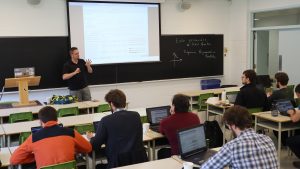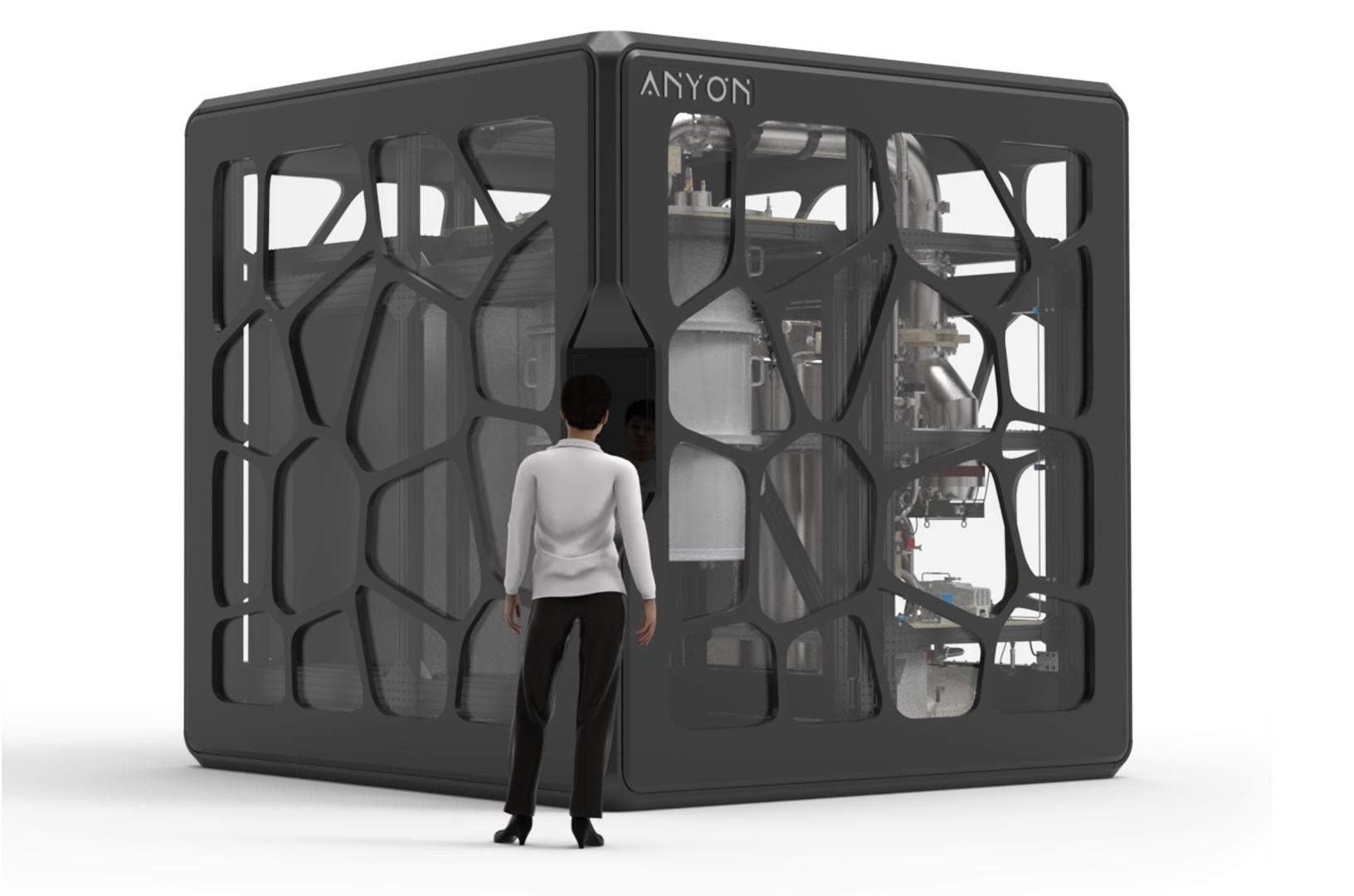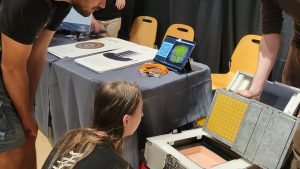With 24 superconducting qubits arranged like butterflies, MonarQ will soon be ready for researchers to come and explore.
In 2003, the Human Genome Project successfully completed mapping the sequence for over 90% of the human genome, and this year marks the 20th anniversary of this momentous scientific discovery. It is hard to imagine what genomic science in today’s world would look like without it!
This visionary project has since proved vital across a variety of sectors, including cancer research, genetic testing, pharmacology, microbes, microbiomes, and forensics. The project involved research teams at 20 different universities and research centres across six countries, and was one of the most ambitious and successful international scientific endeavours in history. It was a unique global scientific project with a primary focus on exploratory science – not application or commercialisation. The intent was simply to explore and understand the mysterious, unmapped human genome.
Calcul Québec is no stranger to the world of revolutionary science and research. The mission of Calcul Québec is deeply embedded in the Canadian academic research ecosystem.
As a service provider of infrastructure, Calcul Québec is responsible for managing one of the national computing host sites containing two supercomputing clusters, Narval and Béluga. Together, these clusters account for close to 115,000 compute cores and 150 petabytes of storage, enabling some of the most cutting-edge academic research in Québec.

Dedicated and constant support
While necessary, technological infrastructure alone does not ensure successful research outcomes. Researchers and their teams must have continual support, especially when it comes to using advanced technology. A researcher’s primary knowledge base usually lies with their field of study, and not with the technology that they use to facilitate it.
A significant portion of human resources at Calcul Québec is dedicated to working directly with researchers and their teams, providing training, hands-on workshops, responding to questions, and doing consultations. These analysts are often from academia themselves, and have become experts on the technology hosted by Calcul Québec. Their mission is to ensure the technology is accessible, understandable, and used as efficiently and effectively as possible by researchers and their teams.
Success at Calcul Québec is defined by actively participating in the use and application of our infrastructure in research, not just by providing the infrastructure itself.

The need for accessibility
If the research landscape in Canada was uniform and static this would be an easy proposition, but it is increasingly evident that this is not the case.
At Calcul Québec, we have witnessed a growth in the needs of the research community to have access to more technological resources, training, and consultation services. Advanced research computing is being applied in more and more academic disciplines, including those outside STEM fields. This drives the need to evolve our available technology and research services to ensure it is accessible for the entire research community, not just the traditional users.
Re-imagining research services with a focus on accessibility becomes even more important when highly disruptive technologies, such as Artificial Intelligence and quantum computing, are taken into consideration. These technologies have the potential to change society and research very rapidly, and this will exacerbate existing gaps in accessibility.
Reimagining our research services
For Calcul Québec, managing disruptive technology and catering to the research needs they precipitate has led to the creation of a dedicated research services development team. Formed in 2022, this team has a two-fold mandate: to create a branch of services dedicated to meeting the needs of the Humanities and Social Sciences (HSS) research community in Québec, and to envision and implement quantum computing services.

In accordance with this dual mandate, the team is working directly with the scientific research community in Québec, prioritising education and outreach. In this way, we are choosing infrastructure solutions that stand apart from the pressures of commercialisation and industry applications – focusing solely on the needs of the community we serve.
MonarQ
A major step towards quantum service development has been the acquisition of the quantum computer, MonarQ, and the creation of introductory training materials. While MonarQ is not the most powerful quantum computer in the quantum ecosystem today, it provides a unique opportunity for affordable fundamental quantum computing research in Canada and abroad. This facilitates a more open and exploratory approach to quantum computing research, because it doesn’t require industry collaboration.
Looking back at the success of the human genome project, we are reminded how powerful and essential collaboration is to developing emerging fields and technology. It also becomes poignantly clear the importance of freedom for exploration and discovery in research. At this point, we can only hope to see the same ground-breaking progress that we have seen in the human genome project, in quantum computing 20 years from now, but it behoves us all in the quantum ecosystem to do as so many before us have done – stand on the shoulders of giants.
MonarQ is an Anyon Systems quantum computer currently under construction and expected to be set up at Calcul Québec’s data centre at École de Technologie Supérieure (ETS) in Montréal in January 2024. It is a universal gate-based quantum device containing 24 superconducting qubits. It will become the first quantum computer in Canada whose primary purpose is to serve researchers at public academic institutions.
Hosting and supporting a quantum computer will allow the research community to develop and test new quantum algorithms, while ensuring that all intellectual property developed remains the property of Québec institutions. With the development of open source software, this infrastructure will have a national and international scope.
This project received financial support from the Ministère de l’Économie, de l’Innovation et de l’Énergie and Canada Economic Development for Québec Regions.
Please note, this article will also appear in the sixteenth edition of our quarterly publication.









